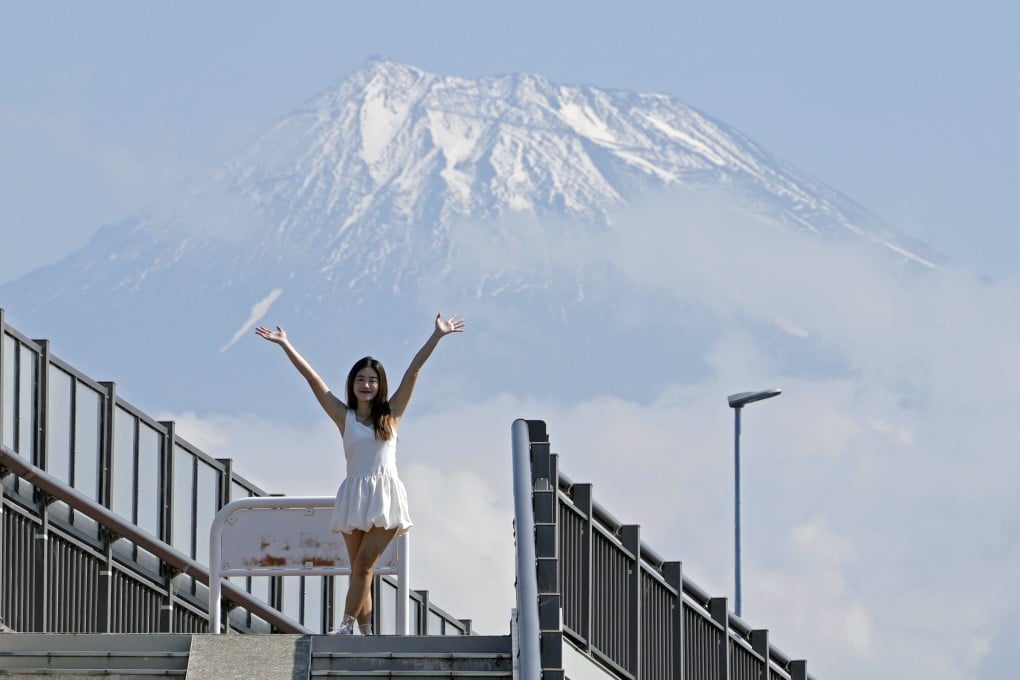Advertisement
Destinations known | Could AI save Japan from selfie taking hordes? Can travellers avoid ‘world’s worst airport’?
- Tourists who all want the same Mt Fuji photos have prompted countermeasures. But there’s no escaping Manila airport for transit passengers
Reading Time:4 minutes
Why you can trust SCMP
0

Like a huge game of whack-a-mole, local authorities around Japan’s Mount Fuji are trying to keep overzealous tourists under control as the visitors all attempt to shoot the same pictures of Fuji-san for their social-media feeds.
Post-pandemic, tourists have rushed back to Japan – a beautiful country whose appeal is now turbocharged by a weak yen – and an overwhelming majority have converged on the usual hotspots, with smartphones raised.
After photos began appearing online of Mount Fuji seemingly perched atop a Lawson convenience store in Fujikawaguchiko, social-media-loving sheeple all suddenly “needed” to have that picture.
In April, complaints by Fujikawaguchiko residents reached a crescendo, leading to the erection of a view-blocking barrier. It took just days before the barrier was having holes poked in it by those who would not be denied.

Then it was the turn of the residents of Fuji City, on the other side of the mountain, to complain – this time over the ruckus developing around a decade-old bridge.

Advertisement


